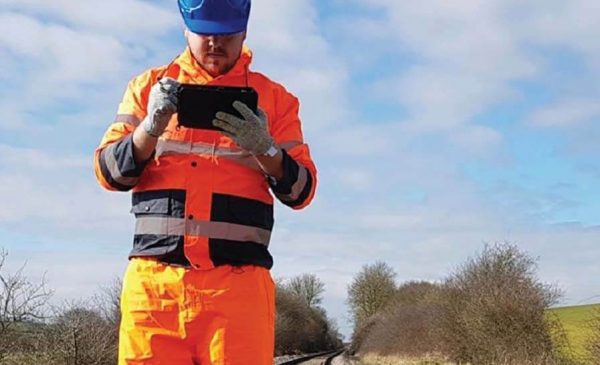The Quantum Technology – Potential for Railway Infrastructure (QT-PRI) project has been featured in the November edition of Rail Professional Magazine (page 94) and Civil Engineering Surveyor (published by the Journal of the Chartered Institution of Civil Engineering Surveyors).
The project is a collaborative project between the School of Engineering at the University of Birmingham and a collection of commercial companies (RSK, Atkins and Network Rail). The aim is to better understand the potential of using quantum gravity sensors to locate and assess the condition of assets buried beneath railways networks, such as detecting the flow and amount of water and drainage networks.
There are over 190,000 railway earthworks (works involving parts of the earth’s surface) in the UK, and the extent of buried assets exceeds 6000km. There is currently no complete asset inventory, which limits the potential of railway development, and means that significant investigations have to be carried out to determine where these assets may reside.
Not knowing where and what assets are beneath the railway infrastructure can also have an impact on the day-to-day operational running of the rail network, causing delays and cancellations.
Existing geophysical sensor technology is currently used to detect underground pipes in roads and sometimes railways. The QT-PRI project aimed to assess the capabilities and explore the opportunities of using quantum technology gravity sensors for the railway environment.
The project also engaged with a wider client base to explore further opportunities in knowledge infrastructure with the quantum gravity sensor. A series of practical field demonstrations were undertaken to validate and demonstrate the potential uses of the gravity sensor.
To read more about the UK-PRI project, visit this website.




